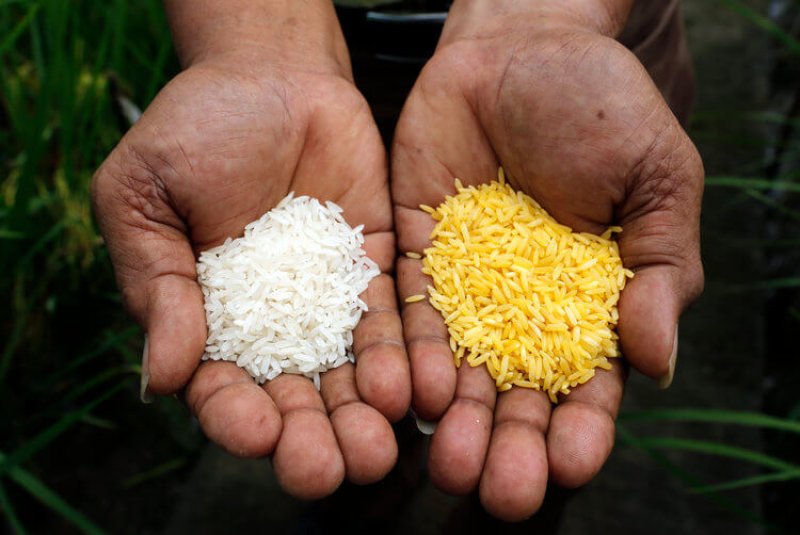Vitamin A deficiency (VAD) persists as a major public health nutrition problem, especially in sub-Saharan Africa and South Asia. Severe deficiency can lead to disorders such as xerophthalmia, the leading cause of preventable childhood blindness, anemia, and weakened host resistance to infection, which can increase the severity of infectious diseases and risk of death.
…
Golden Rice event 2E (GR2E) was developed through the use of recombinant-DNA techniques to express elevated levels of provitamin A (mainly ß-carotene) in the endosperm, which is converted in the body to vitamin A.
…
Completion of the food safety assessment is a necessary prerequisite to the conduct of bioefficacy studies with GR2E, which are an important component in demonstrating the value of GR2E rice in mitigating VAD. The totality of the assessment that provides assurance that GR2E is as safe as conventional rice involves characterization of introduced genes and proteins, which is discussed in this paper and also additionally, comparative analysis of the composition of rice used for food and feed.
…
In summary, the molecular-genetic characterization of GR2E rice, including the assessment of potential toxic or allergic reaction to the newly expressed ZmPSY1 and CRTI proteins, when considered together with the comparative compositional assessment, support the conclusion that food derived from rice varieties containing event GR2E is as safe as food derived from conventional rice varieties. All the data presented in the regulatory dossier is mainly intended to meet the regulatory requirements in Philippines, Bangladesh, and Indonesia.































